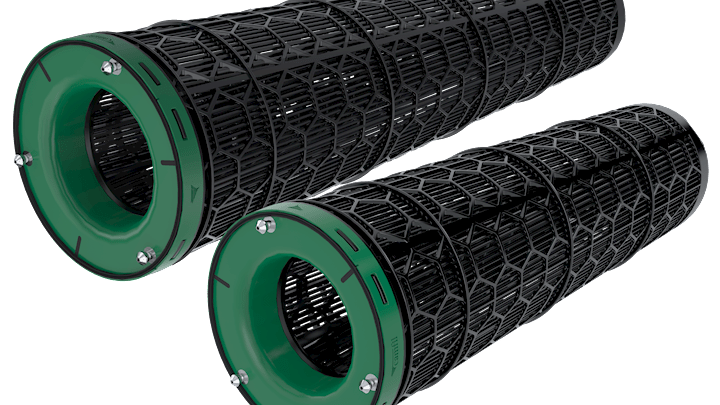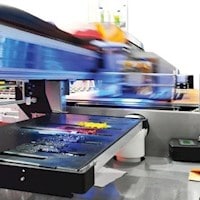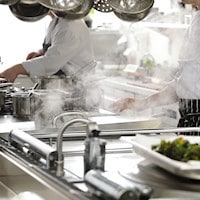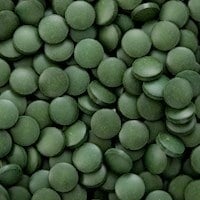Your privacy is important to us, and we are committed to protecting your personal information.
How do we use your personal information?
We use your email to send you periodic emails, including email newsletters and occasional business announcements and updates.
How do you unsubscribe?
We keep your data in order to provide you with information as long as you have not opted out from the newsletters (you may always opt out using the link included in all emails).
How do we share your personal data?
We may share your personal data within Camfil and disclose it to other Camfil group companies and to external parties outside of Camfil who provide services to Camfil.
We may also share your personal data as permitted or required by law or if Camfil is involved in a merger, acquisition, or sale of all or a portion of its assets.
Read the complete Privacy policy and cookie information
Singapore
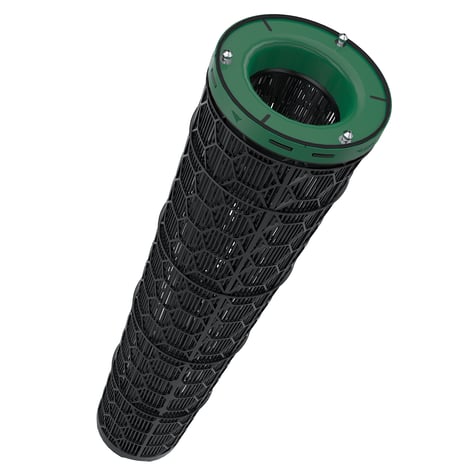
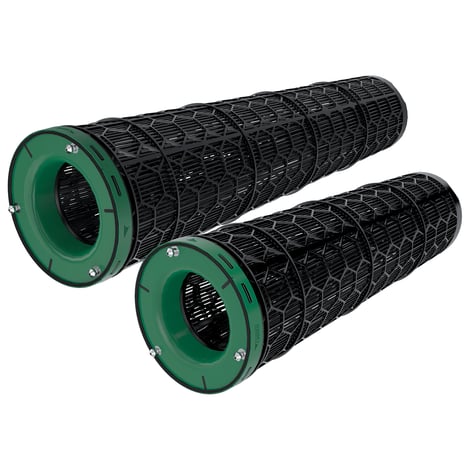
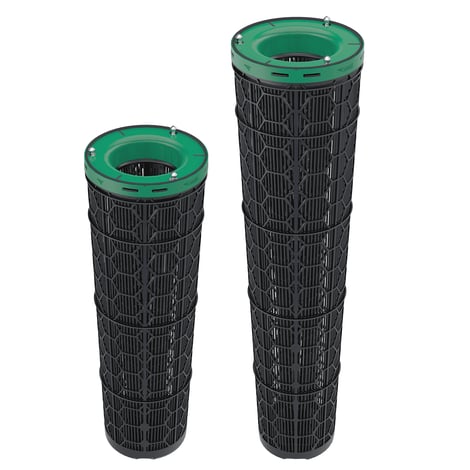
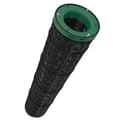
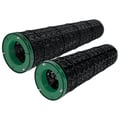
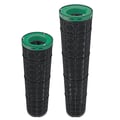






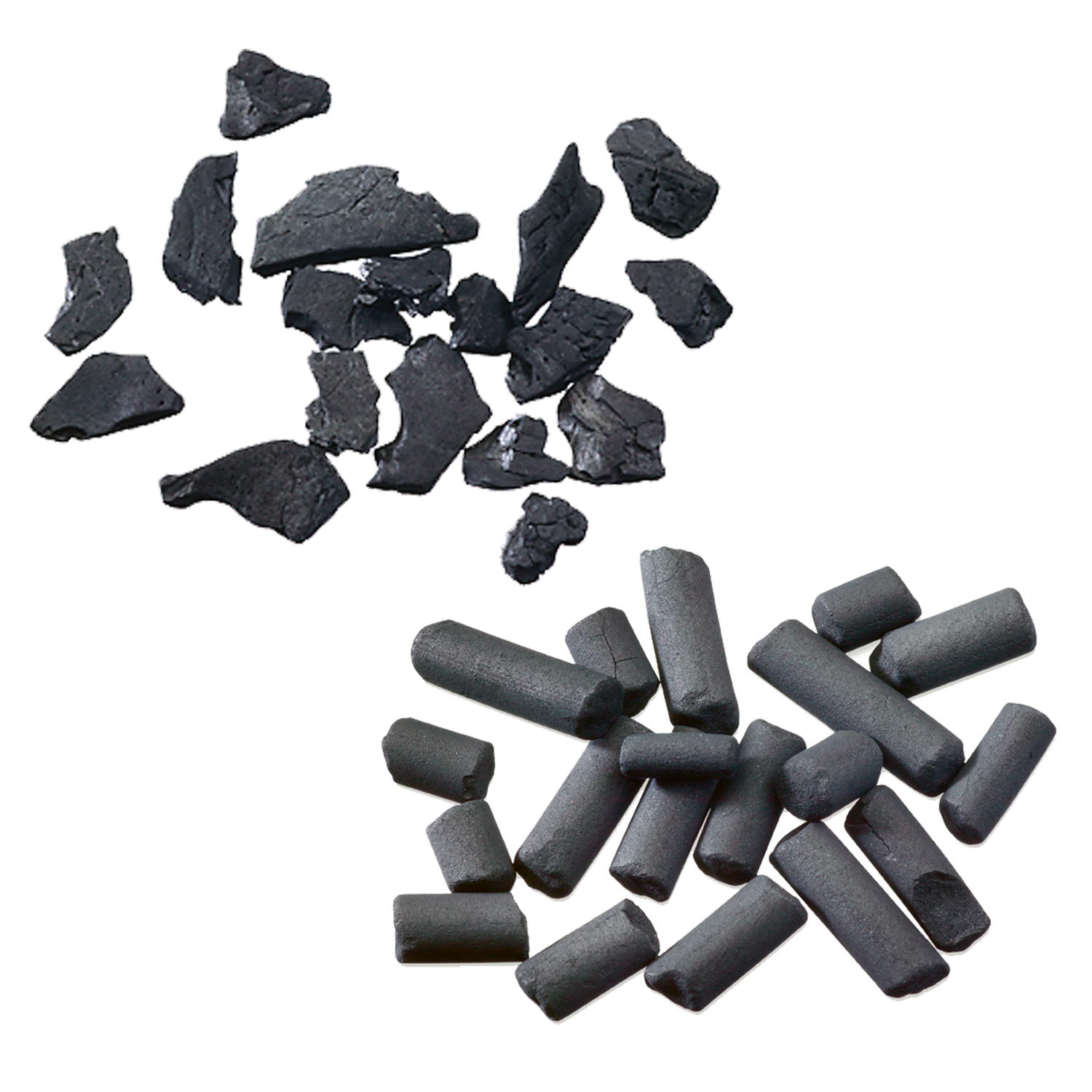.png?width=300&height=200&bgcolor=white)




